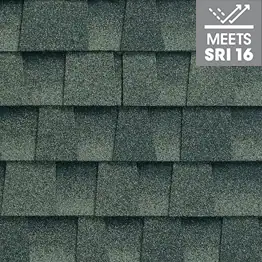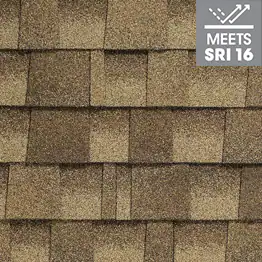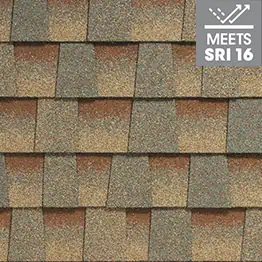Granules... What are those?
- Andrea Mouser
- Apr 11, 2023
- 3 min read
When's the last time you looked at your roof?
Be honest.
We get it! It's an easy thing to overlook in our day-to-day life's.
But... If you look closely at an asphalt shingle roof, you may notice that there are small bits of what look like sand or rocks on the surface.
These are important for the Health of your home!
These small bits of the asphalt shingle are known as granules, and while they may seem insignificant at first glance, they play a vital role in the overall health and durability of your roof.
So, what exactly are these granules, and why are they so important? Let’s take a closer look.

Have you ever wondered what those gritty, colorful bits on your asphalt shingle roof are made of?
Those tiny granules are actually made of crushed natural stone, carefully selected for its specific physical properties. And that's not all - these granules undergo a special process involving ceramic firing to give them a longer-lasting hue in a range of different colors. But did you know that the granules on the visible part of the shingles serve another purpose, besides adding a splash of color?
One of the primary functions of these granules is to provide protection against the sun’s ultraviolet (UV) rays and extreme temperature changes.

The granules physically block and limit the amount of sunlight (and heat) that can be absorbed by the individual shingles, which helps reduce the chances of the shingles warping or curling.
But it’s not just about protection; granules also play an important role in the aesthetic appeal of your roof. Without the granules, asphalt shingles would have a plain, flat look. The granules, while still embedded in the shingles, create a distinct texture that enhances the overall look of the roof’s surface.
Yes...
Granule loss does happen
gradually as your roof is
exposed to wind, rain and hail
for many years.
BUT...
If you see granule loss to the point where your asphalt shingles have bald spots on a significant area of your roof, it’s time to consider having the entire roof covering replaced.
One way to know for sure is to have it inspected first by a reliable Licensed roofer.

Did you know?
The amount of granules left on your roof can also be an indicator of the age of your shingles. If there are still plenty of granules left on the surface, then minor repairs might be all that is needed.
However...
if your shingles are bald! Then it’s a sign that your shingles need to be replaced.
Asphalt Shingles last 15-30 years
depending on weathering,
maintenance, lack of ventilation.... etc.
How old is your roof?
Apart from enhancing the aesthetic value of the roof, these granules also play a crucial role in making the shingles weather-resistant. The granules give the shingles their weather-proofing ability, allowing rainwater to shed smoothly from the roof. Without the granules, asphalt shingles would essentially be large sheets of tar paper installed over your home.
So... while granules may seem like small, insignificant bits of asphalt, they are actually a crucial part of your asphalt shingle roof. Next time you’re up on your roof, take a closer look at those granules and appreciate just how important they are.
Be an informed customer! Don't be afraid to ask questions!
We hope this post helped you in some way. Or at least was an interesting read. Have a great day!
I’ll leave our contact info below. You know… just in case.

Dean@advancedtechroofing.net Tel: 925-566-4159
Socials:
Business Hours: Mon - Sat: 7am - 6pm
*Advanced Tech Roofing works with HCI SOLAR in order to offer solar to their customers.























Comments